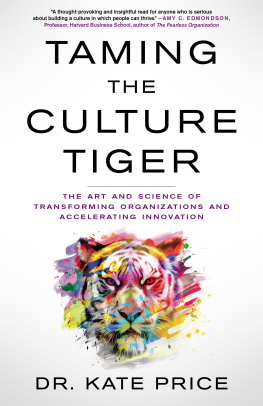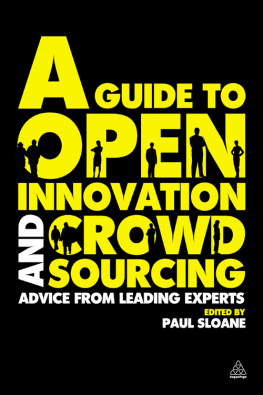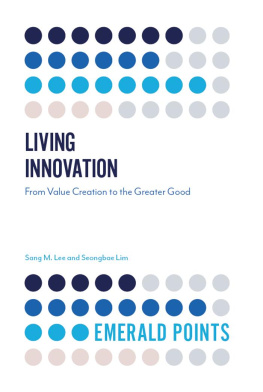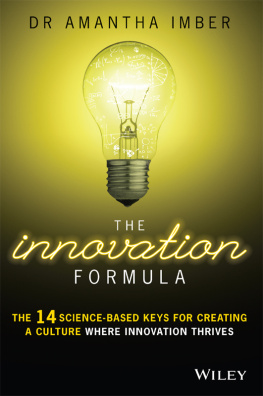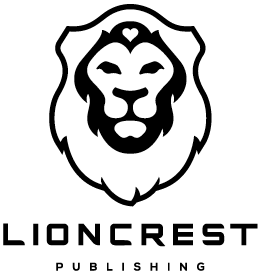All rights reserved.
To my clients, who inspire me every day.
_
Foreword
Industry researchers and consultants have declared that most efforts to fundamentally change the trajectory of an organization fail. More than three decades of working in and leading large life science corporations brings me to support that contention. This is a vexing condition plaguing the corporate world and most certainly the life science industry. There is no shortage of observations for why this is true or proposed tactics to remedy the issue. Its frustrating to witness how progress for the products and services that could benefit the world are missed or delayed due to companies failed efforts to realize their visions for change. This book brings a much-needed perspective and approach to equip leaders to overcome the failure modes that seem all too common.
It has been my pleasure and privilege to know and work with Dr. Kate Price for the better part of five years. Early on, I learned that Kate was quite different from many consultants one encounters in the corporate world when pursuing change initiatives. As a professional psychologist, Kate was focused on culture in a unique but practical way. She holds the view that to transform a company, you need to transform the culture, and to transform the culture, you need to transform the peopleand transform them in a way that does not create resistance, leading to failed attempts to change.
Many organizations operate assuming the leaders have the skills, vision, and direction-setting ability to drive a transformation. However, as I discovered through Kates coaching, I had to learn and change things about myself and my ways of leading in parallel with driving organizational change. The aha moment for me came when I made explicit in my own mind the notion that for an organization to transform, the leader must transform as well.
This person-centered approach requires specific knowledge, insights, and tools that relate to how people think and feel, beyond where they sit and what they do each day. This is where Kates approach, chronicled in the book you are about to read, is unique. Kate describes an approach for doing the careful work of considering the complexity of emotions and thinking that reside in the heads of leaders, teams, and individuals, and she outlines how this applies to cultural change and the hurdles you might face.
While these concepts apply to any organization, herein Kate demonstrates, through the use of anecdotes and stories inspired and adapted from her work, a more specialized application for organizations that require highly educated, highly technical leaders and employeesroutinely found in the life sciences.
These highly motivated and intelligent scientists and engineers are often used to being the smartest person in the room and are deeply motivated to make a difference by designing solutions that improve lives and health and create change in the world. Life science innovation usually requires long lead times and faces a high likelihood of failure. When these features combine, the resulting organizational dynamics are anything but ordinary, underscoring the need for cultures that support innovation and the approach to developing them, which this book offers.
Kate is an insightful scientist in her own right, and she has practiced in complex and challenging environments. This has allowed her to grow and refine her theory and application, and the result of that journey is codified here. Kate is simultaneously a tremendous executive coach and cultural consultant. I have benefited from her challenges, encouragement, and guidance in my own development and transformation, and I am honored to introduce you to this work and to her, both of which I believe can help you become a more successful leader and person.
Aaron Schacht
CEO, BiomEdit
Formerly Executive Vice President for Innovation, Regulatory
and Business Development at Elanco Animal Health
_
Introduction
H ave you ever wondered how you can augment innovation in your organization, moving beyond business strategy and process improvement initiatives?
A re you curious about what role culture might play and if it is truly relevant to the day-to-day success of your organization?
H ave you speculated if and how as a leader you could create and lead the transformations required for exponential success?
These are questions I commonly hear from executives and CEOs who are thinking about cultural change. And my answer is that if you create an environment in which your people can thrive, then you will elicit their peak performance, and the sky is the limit for your organization. In innovation environments where talent is a prerequisite, it is culture that differentiates your level of success.
Most leaders recognize the impact of culture on their organizations, but they dont know how to lead that change. Not only is change uncomfortable, but it also comes with real dangers. This is especially true in corporate environments, where failure leads to blame and blame landing on senior leaders can result in their dismissal.
For scientists leading life science organizations, the conundrum is often far more pronounced. After a lifetime of excelling technically and academically, you are probably accustomed to being right and may cling to the life raft that your knowledge provides. Failure does not feel like an option. It is easier to stay within the comfort zone of your own expertise, sticking to the science and the business processes and strategies that have helped you rise to the top and have, so far, kept you there. It will be uncomfortable to break out of familiar patterns, to explore uncharted territory without your knowledge to guide you. It may feel terrifying, especially if those around you do not understand where you are going and question your decisions.
As a clinical psychologist, I have worked with people from every walk of life, in corporations across industries, healthcare, prisons, and research enterprises. I have lived as part of a tribal community in the remote north of Fiji, and perhaps most significantly, I was an avid watcher of the original series of Big Brother ! Across all these experiences I found myself asking:
What enables humans to live together in harmony, work together effectively, and innovate for the success of our species? Why do organizations unwittingly design systems that undermine the very things that would enable this success?
And again and again in organizations I come across these questions from senior leaders:
Why should we focus on the so-called soft skills and culture? What do people matter compared to the processes and strategies that are in place to facilitate business achievement?
Although these questions are valid, experience has taught me that it is people who truly drive businesses. Profits, productivity, and efficiency are all worthy goals, but businesses need people to achieve these, and people cannot put forth their best efforts unless they feel integral to achieving those goals.

